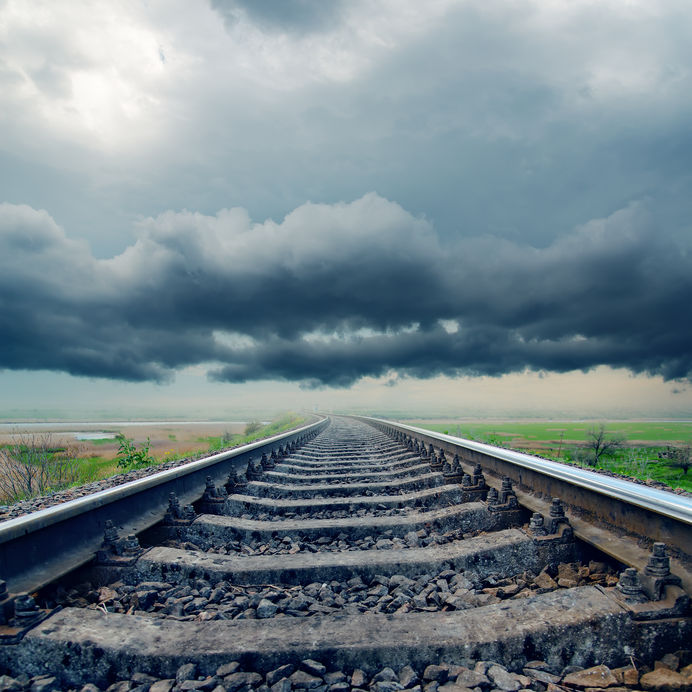
Although forms of rail transport can be traced back to 600BC when the ‘rutway’ was built to assist with transportation, it is widely accepted that railways, as we know them, have been in existence for almost 200 years.
Born of the Industrial Revolution, trains powered by locomotives were the fulfilment of the dreams of their creators.
Today’s railway system differs greatly to the days when steam trains could be seen chugging around the industrial heartland of Britain, transporting coal, iron and wood.
Further changes and development have been in the pipeline for some time, with Britain’s railways poised to undergo a major programme of development.
High Speed Two (HS2), for example, will transform rail connectivity in Britain and provide the step-change in capacity required to deliver major improvements on existing lines.
It has also been reported that Britain’s railways are undergoing the biggest programme of investment since the Victorian age.
In March of this year, Network Rail unveiled plans to invest £38bn in the UK’s tracks and stations, while Transport for London and the Department for Transport also confirmed the extension of the Crossrail project west to Reading.
One development, or at least proposed change in our railway system, which is constantly spoken about, is the Tubular Rail system. A radically innovative solution to the ever worsening problems of traffic congestion, the system is seen as a long-term answer to airport overcrowding, elevating construction costs and growing environmental blight.
What is Tubular Rail all about?
The aim of Tubular Rail is to develop a safe and reliable form of transportation offering purchasers and their end users an affordable system. This system would feature ease of construction with minimal disruption to existing infrastructure and the environment. Take a look at tubularrail.com to see how it works.
It’s certainly a far cry from the Industrial Revolution when Welsh coal miners would remove the product of their labours by loading coal into wooden wheeled wagons and pull it through the mud and out of the shaft.
Wooden planks were used for the wheels to ride on and some years later, the planks and wheels were replaced by those made of iron. A mule was added to do the pulling. Many industrial historians credit this development as the origin of the modern railroad.
Like the rail industry, the technology of transportation as a whole, is a field that continues to develop. However, while the automobile and airplane have leapt ahead of the passenger train, road and airport congestion problems are altering their advantage.
You only need to drive to a major city airport during rush hour to gain a vivid justification of the need for the development of Tubular Rail.
Tubular Rail seeks to become a mass transit system, not a replacement for light or high speed rail; rather a solution to the problem of the incredibly high cost of building these systems on top of, or within existing infrastructure.
Have you had any experience of Tubular Rail or do you have any thoughts on our transport system and it’s issues? If so why not share your thoughts with us?
PRV Engineering works closely with the rail industry and so we like to keep any eye on the developments coming over the horizon.
This site uses Akismet to reduce spam. Learn how your comment data is processed.


 Mail:
Mail: 




Leave a Comments